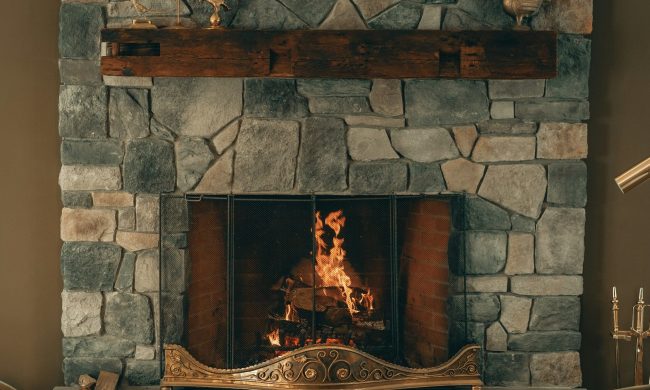You don’t have to have a ton of extra square footage to enjoy a home gym. If you’ve been craving a designated workout space but aren’t sure what the best location is, here are some home gym ideas that are sure to inspire you so you can work out on your terms.
Classic basement gym

Turning the basement into a home gym is a classic choice for many homeowners. Basements can be expansive spaces, perfect for large workout equipment. Additionally, they are separate from the rest of the house, so you can rest assured your workout equipment won’t annoy other household members or clutter any shared spaces.
However, if you have an unfinished basement, you may not be able to use this space as a home gym.
Pros and cons of a basement gym
Pros:
- Plenty of space for larger equipment like a bike machine or treadmill.
- The basement offers a separate space from the rest of the home for more privacy.
- Having a home gym in the basement can also keep your equipment organized and out of other communal spaces.
- You can easily set up a TV or stereo for entertainment while you work out.
Cons:
- Moving gym equipment up or down the stairs to the basement can be demanding for some homeowners during initial setup, equipment upgrades, or moving.
- Basements prone to flooding could risk damage to gym equipment.
- If your basement is unfinished, it may not provide a good workout space.
- Noise from the basement could distract other members of the household on the upper levels.
Accessible living room home gym

The living room is one of the most accessible spaces to have a home gym. As the center of the home and often on the first floor, it’s easy to move larger machines to this space. Additionally, you can watch TV while you work out. Families may also prefer this option so that every household member can have access to the workout equipment. Those with young kids, however, should take caution before setting up equipment in this shared space.
Pros and cons of a gym in the living room
Pros:
- Easy access to workout equipment.
- Access to the television can provide entertainment during workouts.
- Can be great for couples or singles who don’t have enough space for a dedicated home gym.
Cons:
- If the living room is a shared space, workout equipment may annoy other house guests.
- The living room doesn’t provide as much space or privacy for workouts.
- You may be limited on the times of workouts or gym equipment you can have due to the amount of space available.
- Gym equipment could be an eyesore in your living room design.
Garage gyms offer more space

The garage can be a great home gym for those who live in more temperate climates. The garage is sometimes used as additional storage space, but this can lead to a lot of clutter if left unmanaged. Turn your garage into a home gym to make good use of the grand space. However, keep in mind that garages present challenges of their own, particularly when it comes to climate control. Moisture and humidity may also be a problem.
Pros and cons of a garage gym
Pros:
- Plenty of space for large workout equipment like weights machines.
- You can install a TV in your garage or add a portable speaker for entertainment.
- Garages can provide a soundproof space so you don’t disrupt other household members.
- Can be a fantastic option for those who don’t have a basement or spare room for an at-home gym.
Cons:
- Most garages don’t have built-in heaters or air conditioning, so your space may be too warm or cold.
- If you park your car in your garage, you may not have enough space for larger gym equipment.
- Garages aren’t always moisture proof, so you’ll have to keep up with equipment maintenance.
- Your garage may not have adequate space or outlets for additional lighting or TV installation.
Bedroom gym is more private

For those with roommates, a bedroom gym can be a good choice. This keeps gym equipment out of the shared spaces and makes working out relatively accessible. If you’re a homeowner with a spare room, you might find this option most favorable since you don’t have to have a garage or finished basement to set up your space. However, bedrooms aren’t always spacious enough for larger machines, and they present unique challenges of their own.
Pros and cons of a home gym in a bedroom
Pros:
- Using your bedroom or a spare room can provide ample privacy during workouts to keep you focused.
- You can easily install a TV in the bedroom to make cardio exercises more entertaining.
- Having a home gym in a bedroom can be super accessible.
- This home gym solution won’t annoy other housemates or roommates since your gym equipment won’t clutter shared spaces.
Cons:
- If you don’t have a spare room, you may have limited space in your bedroom for bulkier workout equipment.
- Moving gym machines up or downstairs to bedrooms on the second floor can be challenging for some homeowners.
- Bedrooms aren’t usually soundproofed, so you may have to consider installing soundproof materials or working out at times that won’t frustrate other household members.
Home gyms are a great way to save money on a membership and enjoy the freedom of working out whenever and however you want. If you have the space, turning your extra square footage into a designated workout location can be a major bonus.




